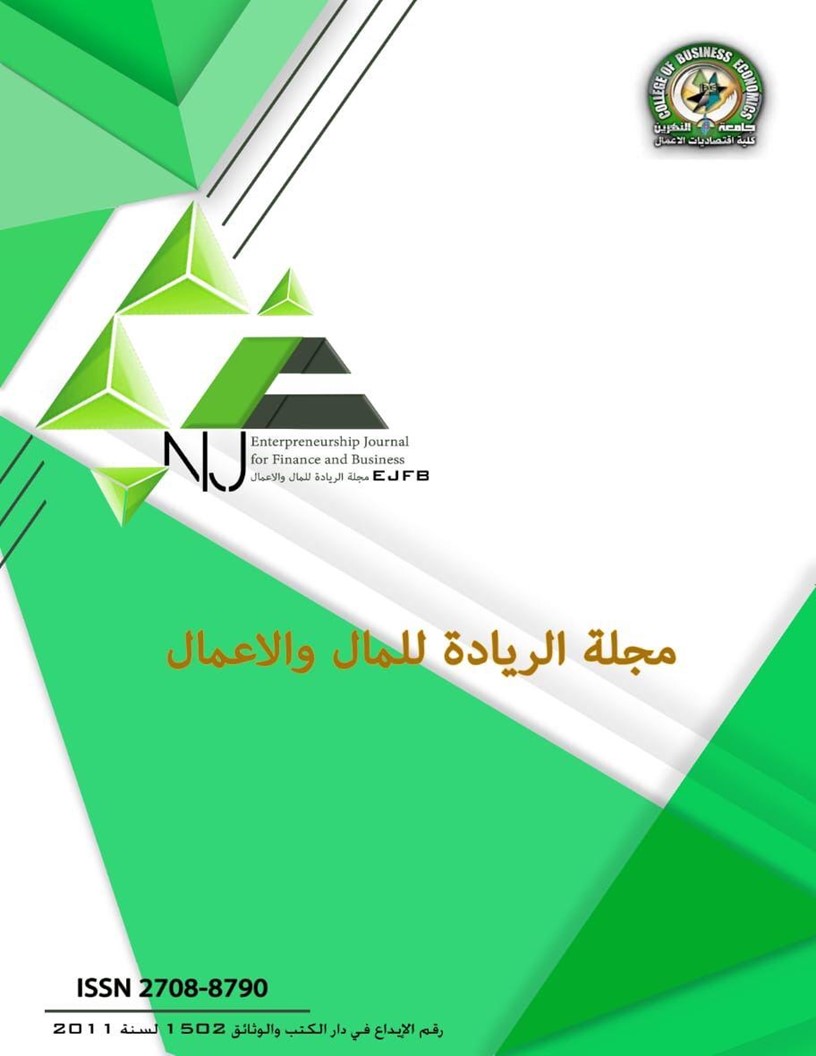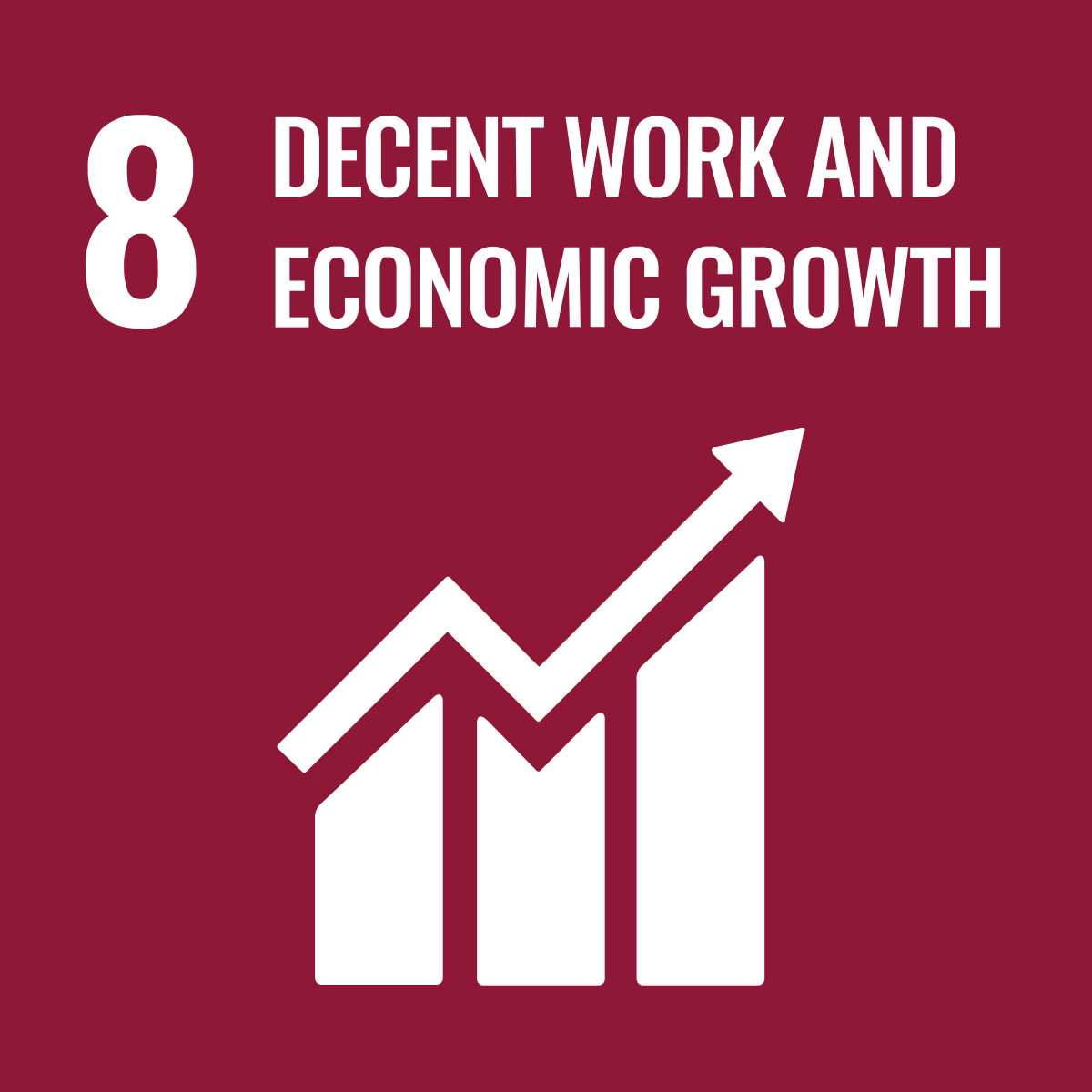Quantitative and descriptive analysis of tax risks by applying the requirements of the operations item/ analysis in accordance with the international standard (ISO 31000:2018) / analytical research in the General Tax Authority
DOI:
https://doi.org/10.56967/ejfb2022238Keywords:
Quantitative and descriptive analysis, tax risks, the international standard (ISO 31000:2018), risk management, risk assessment techniquesAbstract
The aim of the research is to Identify the level of application and documentation of the process requirement item / analysis of the international standard (ISO 31000:2018),and diagnosis of quantitative and descriptive analysis in assessing tax risks using risk assessment techniques, as well as an indication of the level of tax risks to which the General Tax Authority is exposed. as well as to indicate the level of tax risks according to risk assessment techniques in the General Tax Authority, as the research started from a problem that raised several questions, including what is the percentage of application And documenting the analysis item from the process requirement in accordance with the international standard (ISO 31000:2018), and what are the techniques of quantitative and descriptive analysis of tax risks, and what is the level of those risks affecting the strategic goals, and the checklist has been adopted as a basic tool in collecting data and information, and the research has reached To the most prominent Conclusions, which is that the level of application and documentation of the analysis item of the process requirement has reached a rate of (19%), which is close to the weight of (partially applied and not documented), which means that the Structure under study has moved away from the application of the specification requirements and the size of the gap has reached (81)%. As well as the exposure of the body in question to the risks of the external environment at a higher level than the risks of the internal environment.
Downloads
Downloads
Published
How to Cite
Issue
Section
License

This work is licensed under a Creative Commons Attribution 4.0 International License.
This is an Open Access article distributed under the terms of the creative commons attribution (CC BY) 4.0 international license which permits unrestricted use, distribution, and reproduction in any medium or format, and to alter, transform, or build upon the material, including for commercial use, providing the original author is credited.






